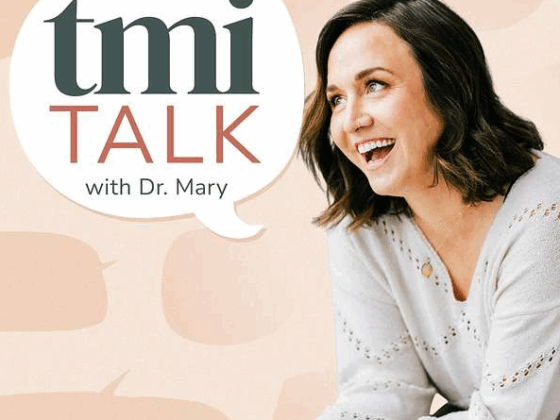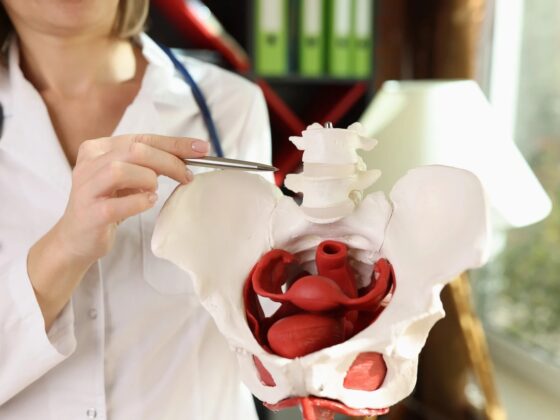After giving birth you probably thought your body was ready to get right back in the swing of things, or you were even told that after 6 weeks everything would be “fine.”
You might have asked yourself, “Then why am I peeing my pants?” or “Why does lifting anything hurt my back?” You are not the first and unfortunately not that last person to give birth and have these questions– but have no fear!
There is no need to continue to live with pain or peeing your pants.
A task force for the American College of Obstetricians and Gynecologists (ACOG) says it’s time to frame postpartum care as an “ongoing process” requiring a personalized, cross-disciplinary approach—including the use of physical therapy when appropriate (APTA, 2018). A physical therapist specializing in postpartum care can help you get to where you need to be.
How does the body change during pregnancy and postpartum?
Throughout pregnancy, there is increased pressure and stretching in the abdominopelvic region. High levels of Relaxin hormone in the body lead to more movement in the pelvis, and in addition to this, increased weight results in the center of mass shifting the body forward. These changes allow for greater muscle activation and the body to compensate in new ways.
After giving birth (either vaginal or cesarean), the pelvic floor and abdominal muscles may have become weakened and uncoordinated. Furthermore, any perineal trauma such as an episiotomy or tearing, or tissue scarring/adhesions from a c-section also affect muscle movement and ability to contract. Because of this, it is vital to allow time for your postpartum body to heal but also recognize any signs and symptoms of the body if they continue to persist for more than 2-3 weeks.
Common postpartum problems and diagnoses:
- Pelvic Floor Dysfunction
- Dyspareunia (pain with sex)
- Incontinence (involuntary urinary or fecal leakage)
- Back Pain
- Pelvic Girdle Pain
- Pelvic Organ Prolapse
- Diastasis Recti (Midline separation of the connective tissue at the 6-pack muscles)
Although these matters are common, they are not normal.
Oftentimes after giving birth, there is no conversation of these issues and women are left to deal with it on their own during such a significant phase in their lifetime. By identifying these problems, it may be necessary to seek further treatment options if it continues to get in the way of living your life.
As a physical therapist specializing in prenatal and postpartum care, I encourage women to seek help following birth. It is important to know there are solutions to get you to where you need to be.
At ResilientRx we perform a whole body evaluation, which includes analyzing your mobility, range of motion (ROM), posture, strength and stability. Furthermore, we figure out what is going on in your body, the root of your symptoms, and come up with a personalized treatment plan so you return to a functional lifestyle.
By: Michelle Andoy, PT, DPT
Sources:
APTA. (2018, July 11). OB-GYN group Embraces ‘Fourth TRIMESTER’ Concept, ACKNOWLEDGES role OF Phys… Retrieved January 7, 2021, from https://www.apta.org/news/2018/07/11/ob-gyn-group-embraces-fourth-trimester-concept-acknowledges-role-of-physical-therapy-in-postpartum-care




